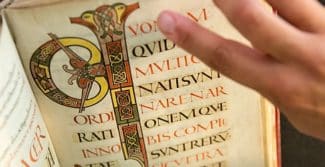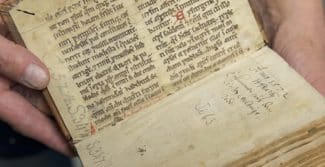The Material Histories of Early Modern Maritime Law
The global turn in early modern studies reveals the importance of understanding the period’s law of the sea: maritime law unlocks the worldwide Renaissance. But thus far, no single monograph that considers the period’s maritime law from both an English and Continental context has been written. Consequently, my project seeks to offer early modernists an accessible, broadly applicable overview of maritime law between 1483, the year that witnessed the first printing of a text of maritime law in Europe (the Libre del Consolat de Mar), and 1681, the year that marked the appearance of Louis XIV’s seminal Ordonnance de la marine, the first truly international code of the law of the sea. A focus on the period’s printed texts of maritime law will guide the project and highlight the materiality of the period’s legal culture.
My project employs methodological tools from cultural history, legal history, and history of the book. Instead of considering these texts in a mere legal or political framework, I will instead apply a holistic approach that investigates the bibliographical, material, visual, and textual significance of this body of law. In addition to legal codes and treatises, my research engages royal proclamations, navigational manuals, and maps that depict ocean space and coastlines; this engagement will help to produce an integrated account of the maritime laws and customs that circulated in the early modern world. The law of the sea represents both a niche area of legal thought and one that had broad, transnational implications, and an appreciation of its material history can help researchers to better navigate the global turn in early modern studies.








